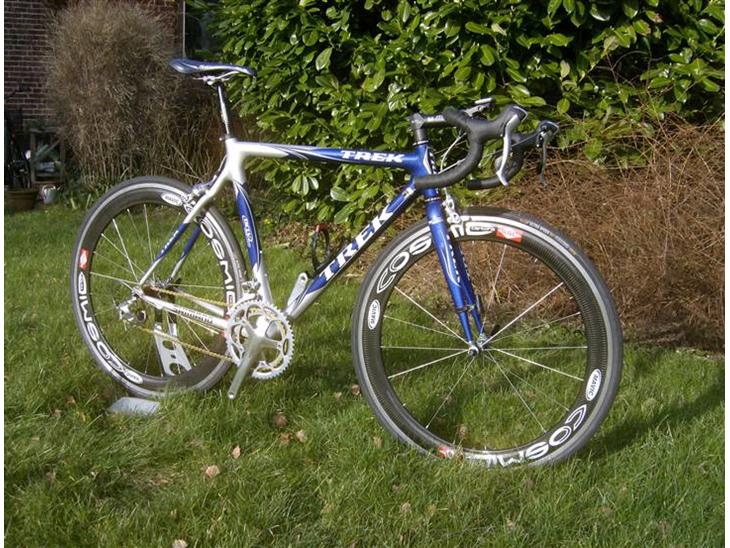

The bottom bracket shell is the most influential intersection of tubes on a bike and the change in size has a huge effect on the bike’s ride characteristics. So what are the additional benefits from the technology beyond the facts that there are now only four bottom bracket parts and there is a 40 gram weight saving? With the 32% increase in bottom bracket width there is a lot more scope to tune the ride of the bike because of the increased surface area for the intersecting tubes to interface with. The new format is compatible with two piece cranks from FSA, Bontrager, Shimano, SRAM and Campagnolo. The resulting new structure is 90mm wide with no impact on Q factor. The carbon technology is so sophisticated that testing indicates that the bearings will wear out with no adverse effects to the Precision Fit Sockets. There is no need for Loctite or any other retaining method. The current standard outboard bottom bracket bearings are scrapped and the extra width is absorbed into the frame design itself.

That is where the Trek’s new Precision Fit Sockets come in the bottom bracket bearings sit directly into the “sockets” in the frame which are essentially integrated sealed bearing races built into the frame.

In the spirit of Zero Constraints, the engineers decided that conventional bottom bracket design had no place on the new Madone. If the Madone was going to be different, 68mm would overly limit the design options available to their Advanced Components Group (ACG). Industry standard bottom bracket shells are 68mm wide and most component companies are now using an external bearing that sits outside that 68mm shell. Let’s start looking at arguably the most significant Madone innovation which is the gargantuan bottom bracket and enhanced drive train, the technology behind it and ultimately how it impacts performance on the road…
#2008 TREK OCLV CARBON 120 PROFESSIONAL#
This new Madone represents the distillation of more professional rider feedback and testing than anything preceding it but, beyond the one great looking bike that Lance rolled onto the stage, how did the technology impact the ride and the rider? You don’t do that much screwing with testing in San Diego, Colorado, Ireland, France, Spain and Italy if you are not suitably obsessed with making this bike the absolute best that it can be. Over the two year development cycle there were 21 different prototypes and 34 different iterations of carbon lay ups to find the right combination of materials, shape, function, ride quality and lightness. Since Trek’s first OCLV carbon bike in 1992 there has never been a single jump in technology like this one. This was a well produced and refined introduction set against the very contemporary style of the Milwaukee Art Museum. LA: a bunch of 300 pound Belgians I beat over the top. Burke comes on stage in his characteristic style and starts the evening by introducing the engineers who duly whet our appetite with all the juicy technical details. This is an elite gathering of successful individuals that are “pitched” on new stuff all the time and most have experienced every bike technology, both genuine innovation and fad, released for decades. This is a tough crowd composed of various media representatives and an extremely successful group of Trek retailers. To set the scene for you, we are gathered in a beautiful auditorium awaiting the “unveiling” of the new Madone. There are lots of throw away slogans in an industry filled with hype, but rarely is that hype backed up with genuine substance. The difference here is that Trek meant it. The new Madone would simply have “Zero constraints”, which is all well and good when marketing guys want a tag line for their next bike. They quickly came up with one overriding philosophy for the new Madone this mantra was the genesis of all future design considerations. As Burke tells the story the group of engineers was “sent to a conference room and we left them there”. Two years ago Trek’s president, John Burke’s gave some pretty simple marching orders, Burke told his engineers to simply “Re-define the road bike”. – Reported by Paraic McGlynn of The Bicycle Ranch –


 0 kommentar(er)
0 kommentar(er)
